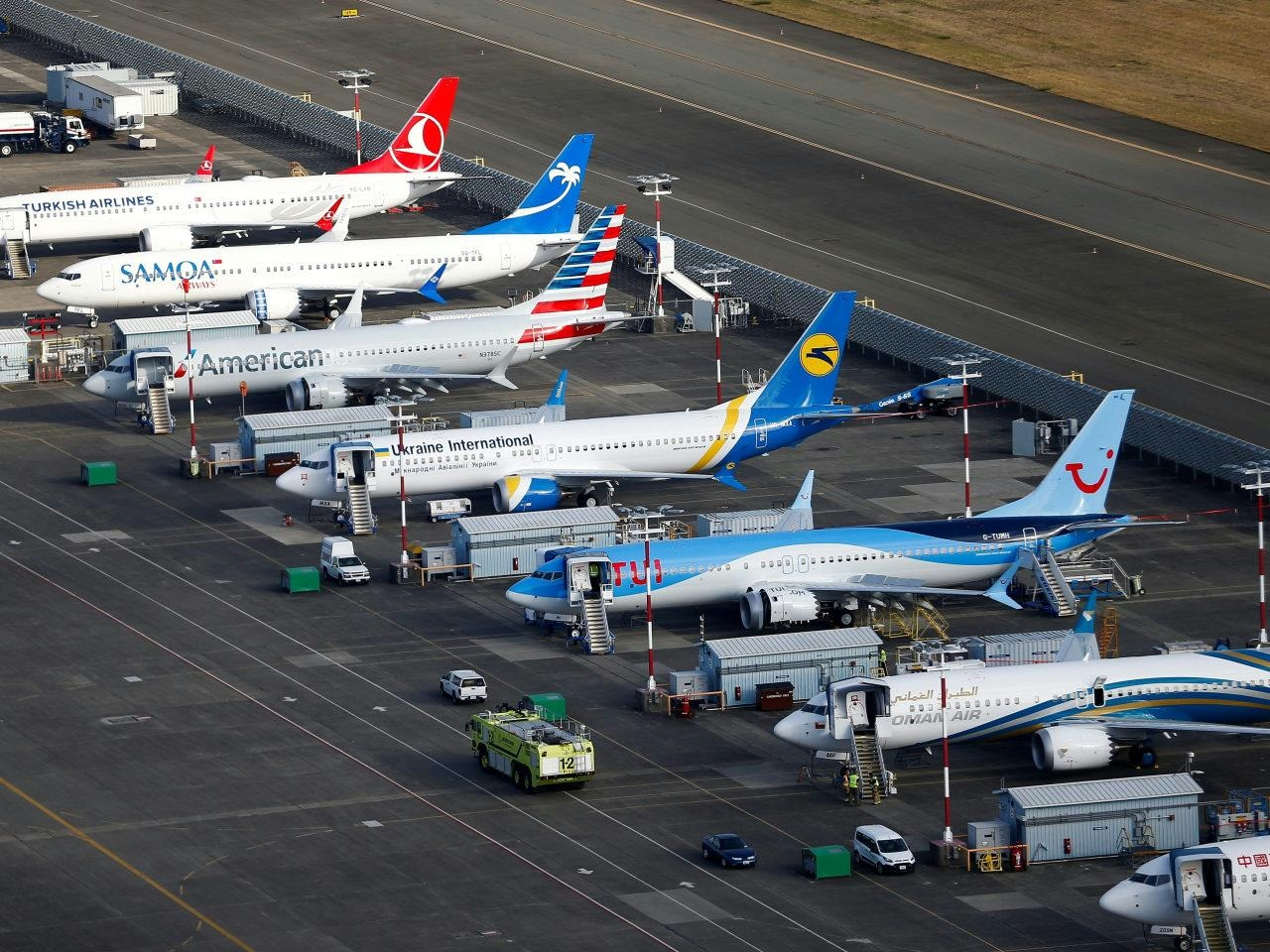
AeroGenie — Your Intelligent Copilot.
Trending
Categories
Why United Airlines Continues to Operate Its Aging Boeing 757s
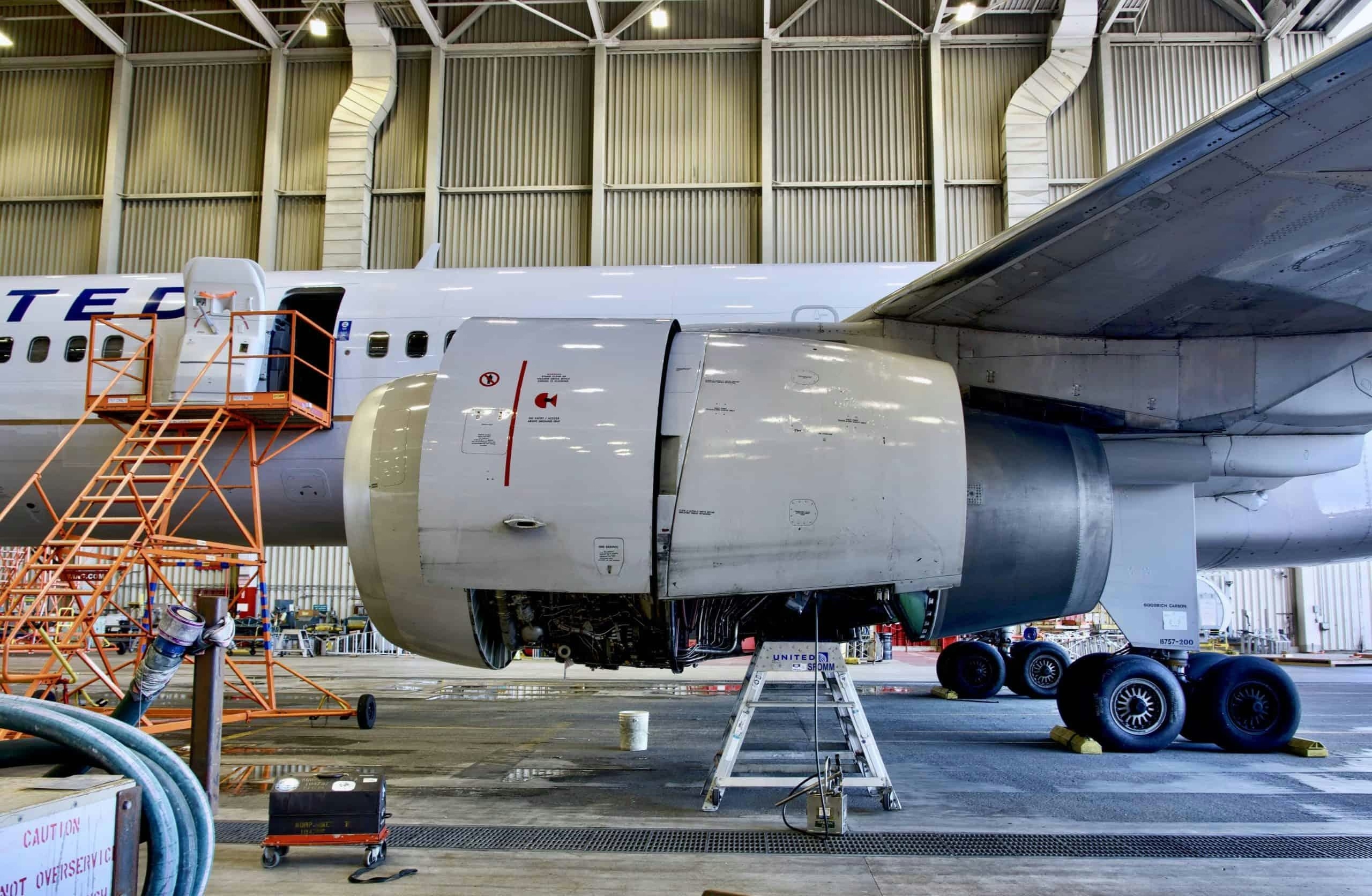
Why United Airlines Continues to Operate Its Aging Boeing 757s
The Boeing 757, a stalwart of commercial aviation since its introduction in 1983, is approaching the end of its operational lifespan. Production of the aircraft ceased in 2004, and many airlines have since retired their 757 fleets or converted them into freighters. Despite this trend, United Airlines remains the second-largest operator of the type, continuing to fly 61 Boeing 757s—comprising 40 757-200s and 21 757-300s—with an average age nearing 27 years. United has announced plans to retire its remaining 757s by 2026, but the airline’s prolonged use of these aging aircraft is driven by a combination of strategic, economic, and operational factors.
The 757’s Strategic Role in United’s Network
The Boeing 757 occupies a unique position within United’s route network, serving markets that are not well-suited to either widebody jets or standard narrowbody aircraft. Its range and capacity enable the airline to operate seasonal transatlantic flights to secondary European cities, as well as thinner domestic routes across the United States. These missions would be less efficient or even unfeasible with other aircraft types, granting United a competitive advantage in these niche markets. The 757’s ability to bridge the gap between narrowbody and widebody operations has made it an indispensable asset for the airline.
Economic Considerations and Fleet Synergies
From a financial perspective, continuing to operate the 757 fleet remains advantageous for United. The aircraft are fully depreciated, which enhances profit margins despite the higher maintenance costs associated with older planes. Furthermore, the 757 shares considerable commonality with the Boeing 767, another key component of United’s fleet, with 53 units in operation. This overlap reduces expenses related to maintenance, parts inventory, and crew training, generating economies of scale that support the airline’s overall cost structure.
Industry Trends and Competitive Landscape
United’s reliance on the 757 persists amid evolving industry dynamics and competitive pressures. Other carriers, such as Condor Technik, are modernizing their fleets by phasing out older 757s and 767s in favor of more fuel-efficient Airbus A330neo and A320neo aircraft. American Airlines is shifting its focus toward premium services, reflecting a broader market trend toward enhanced passenger experiences and elevated service standards. Despite these developments, United continues to operate routes like those to Mexico City, even as low-cost competitors such as Volaris and Viva Aerobus offer lower fares. This underscores United’s commitment to maintaining its established network strategy despite external challenges.
Operational Challenges and Market Risks
United faces several operational risks related to its aging 757 fleet. CEO Scott Kirby has highlighted the potential impact of extended government shutdowns on bookings and overall operations. As the global 757 fleet diminishes, sourcing spare parts becomes increasingly difficult, driving up maintenance costs and complexity. Additionally, the 757’s older design results in lower fuel efficiency compared to newer aircraft, and tightening sustainability regulations further erode the economic and environmental justification for continued operation.
Passenger Experience and the Search for a Successor
While some passengers appreciate the 757’s comfort relative to other narrowbodies such as the Airbus A320 or Boeing 737, the aircraft falls short of the quieter cabins and modern amenities offered by newer widebody jets, particularly on transatlantic flights. The absence of a direct replacement has extended the 757’s service life; Boeing never introduced a successor model, and the anticipated “Boeing 797” has yet to materialize. This lack of a clear alternative has compelled United to retain the 757 longer than initially planned.
Approaching the End of an Era
United’s decision to continue operating its aging Boeing 757s reflects a nuanced balance of operational requirements, financial considerations, and competitive realities. However, with rising maintenance expenses, shifting market expectations, and increasing environmental pressures, the airline’s reliance on the 757 is nearing its conclusion. The future of United’s fleet strategy will depend on identifying suitable replacements capable of replicating the 757’s distinctive combination of range, capacity, and operational flexibility in an industry undergoing rapid transformation.

FedEx Anticipates Limited Impact from MD-11 Grounding
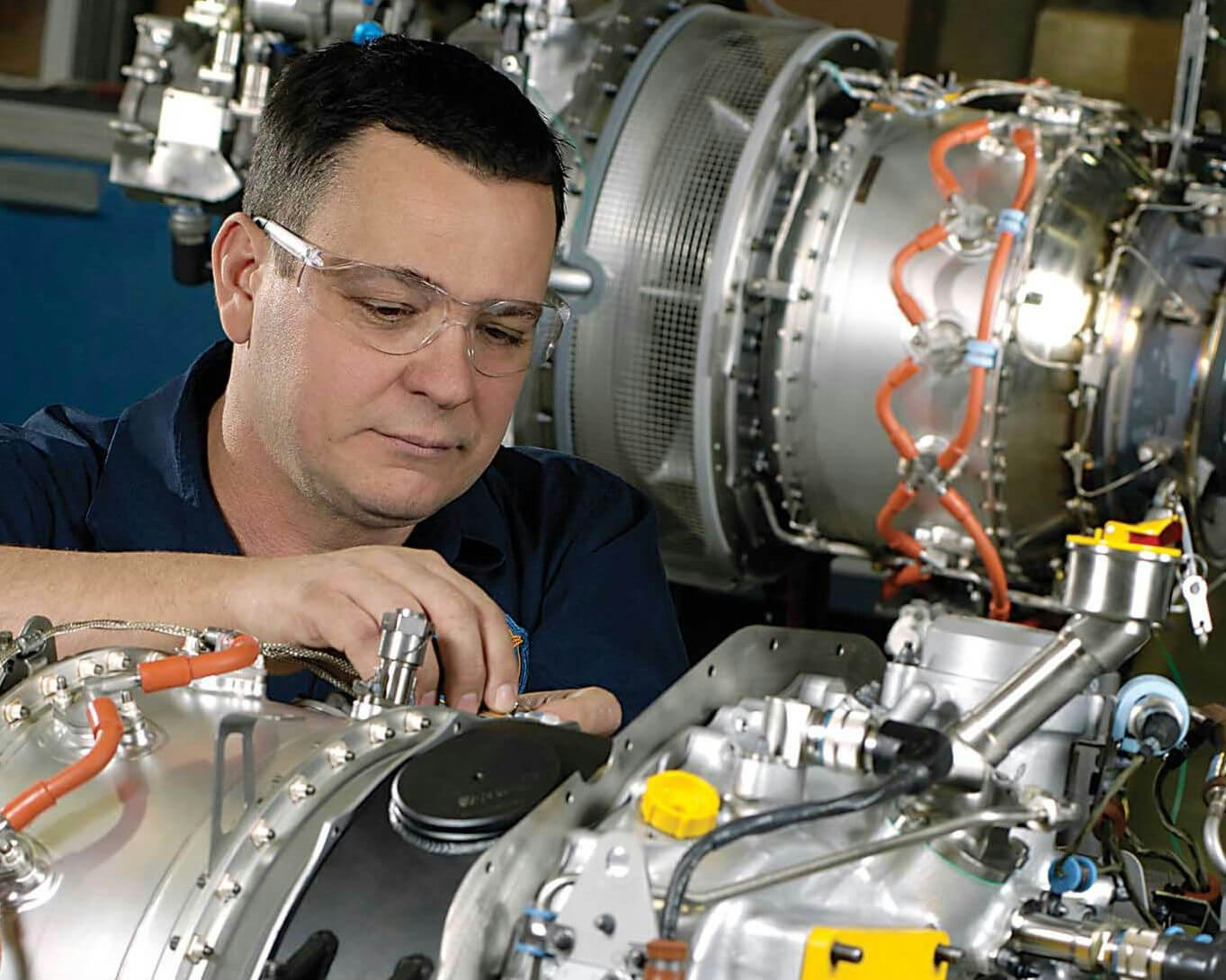
Pratt & Whitney Opens European Center Focused on Sustainable Propulsion
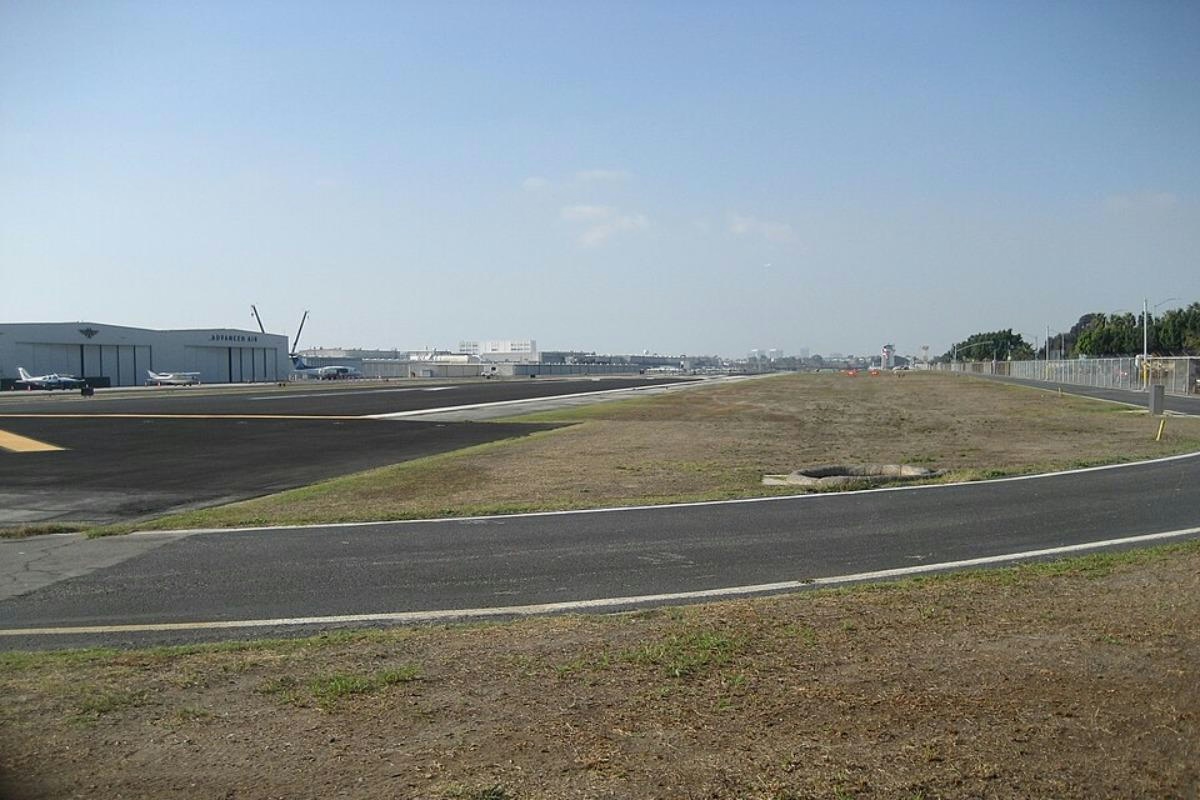
Archer Aviation Acquires Hawthorne Airport for $126 Million
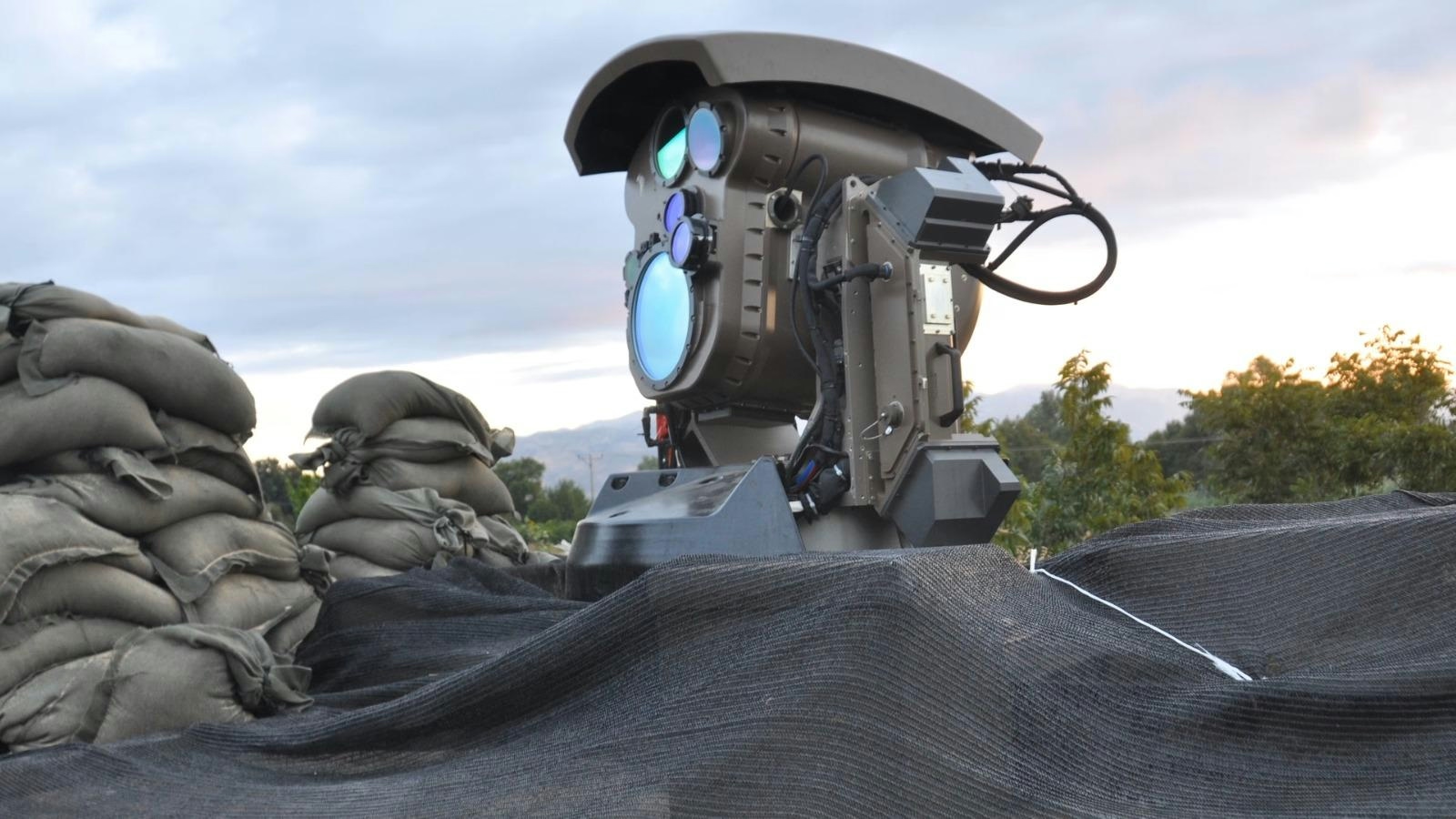
Israel’s Iron Beam Laser System Receives 2026 Aviation Week Laureate Award
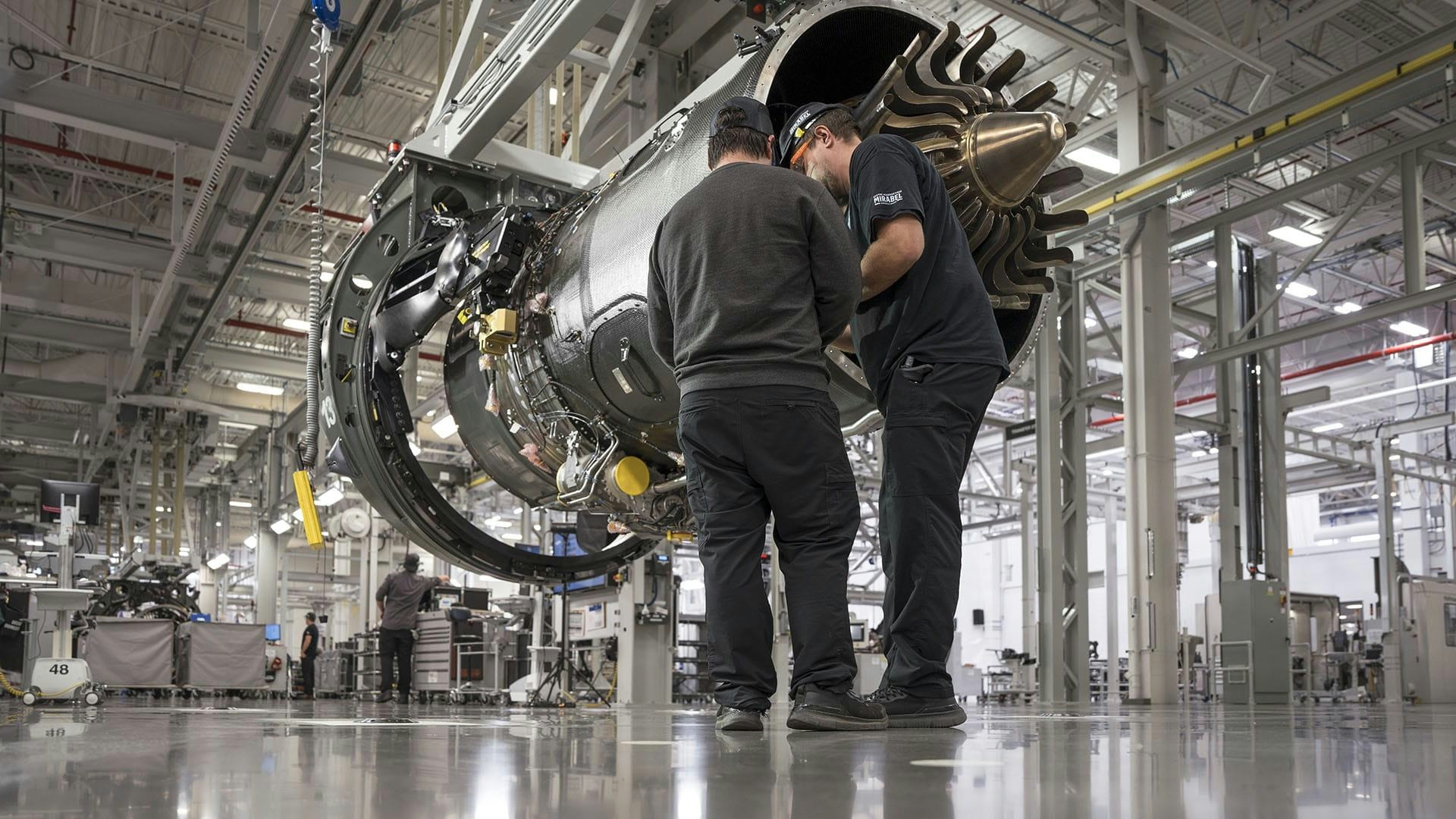
IAE Commits to GTF Engines for Future Narrowbody Aircraft
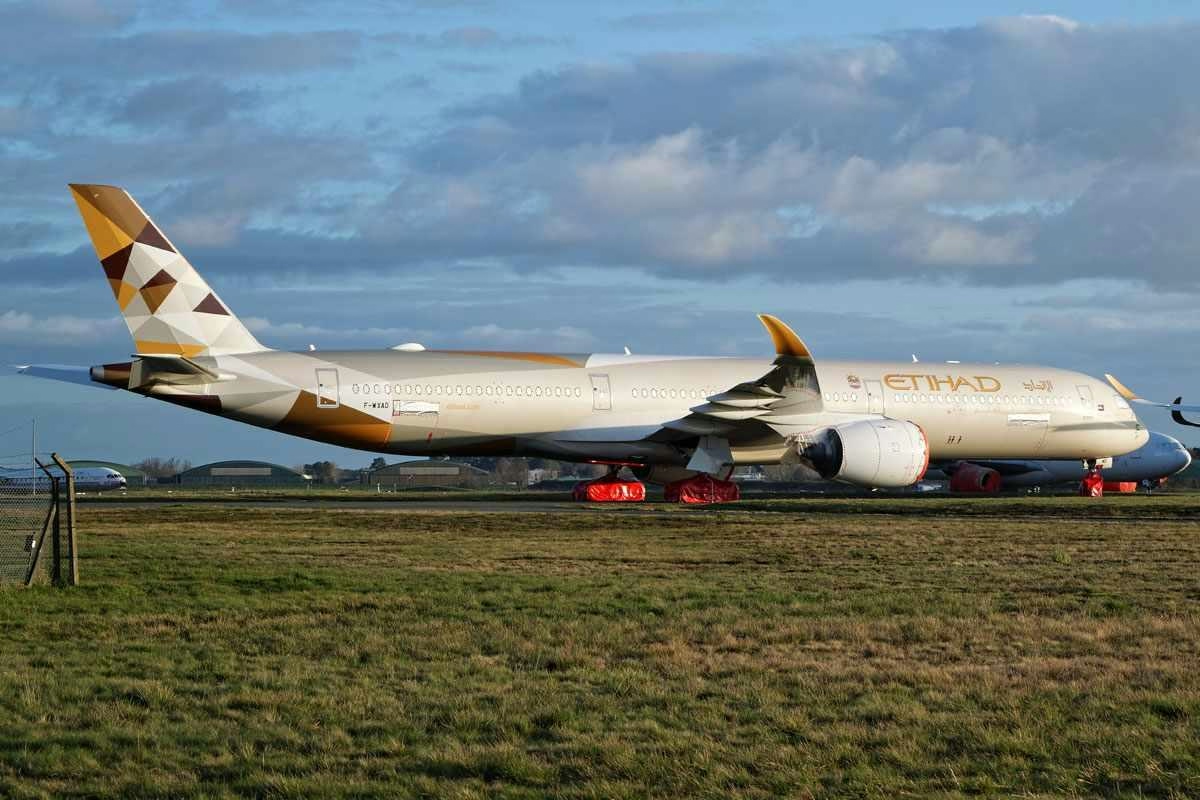
Etihad Considers Additional Airbus A350 and A330neo Orders

UAE Launches Hili, Its First Hybrid Cargo Plane
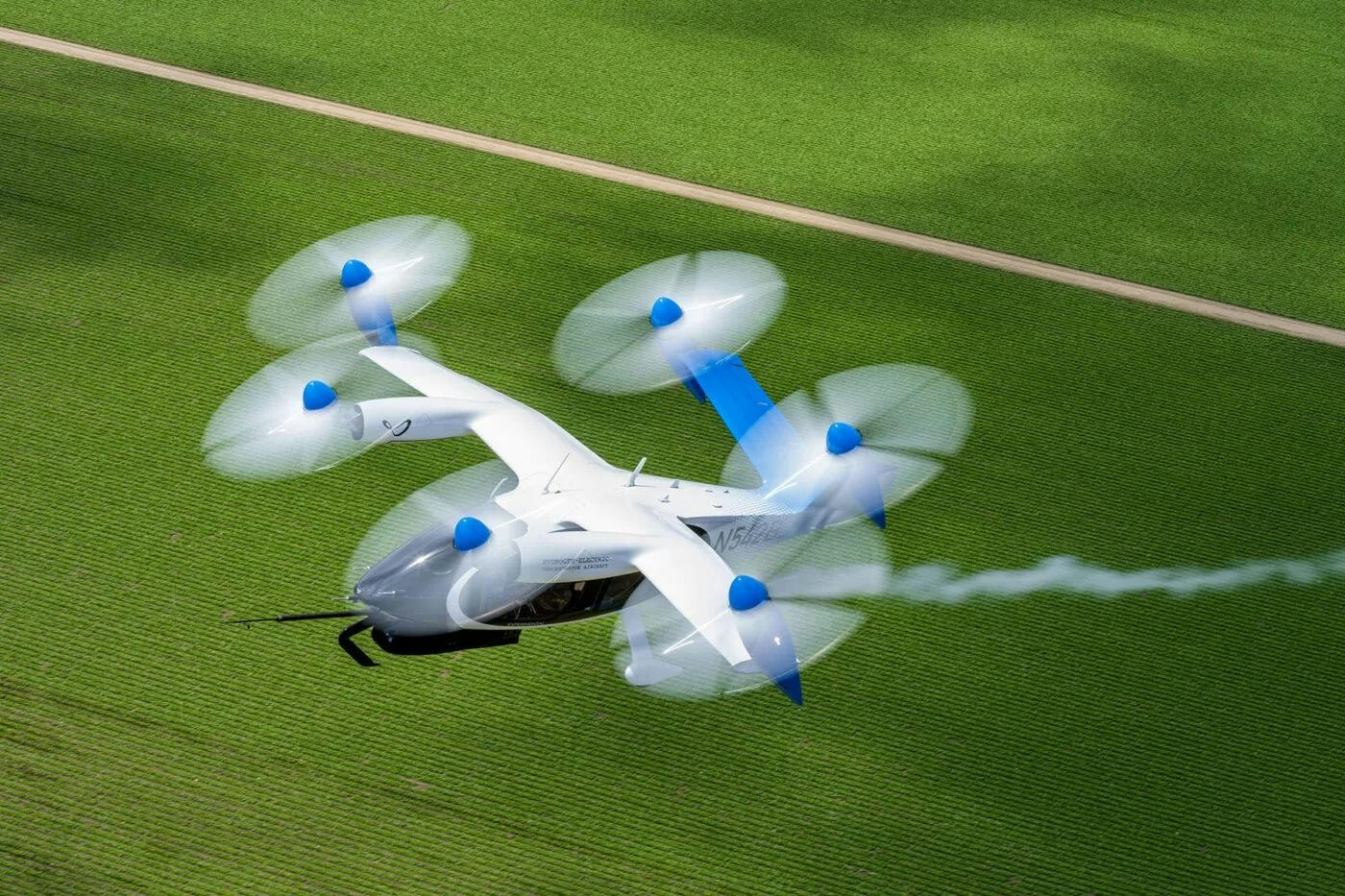
Joby Completes First Flight of Turbine-Electric Demonstrator Aircraft

Lufthansa Technik Introduces New 'Nice Intellitable' System
